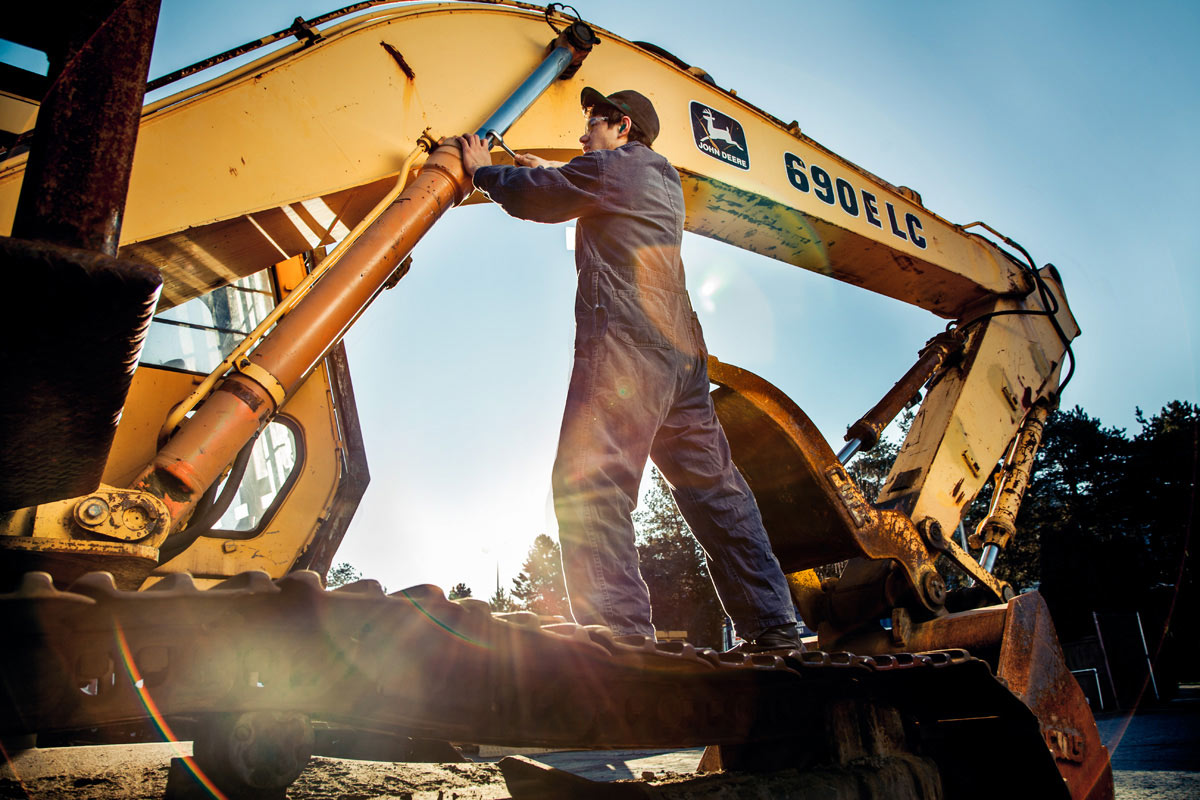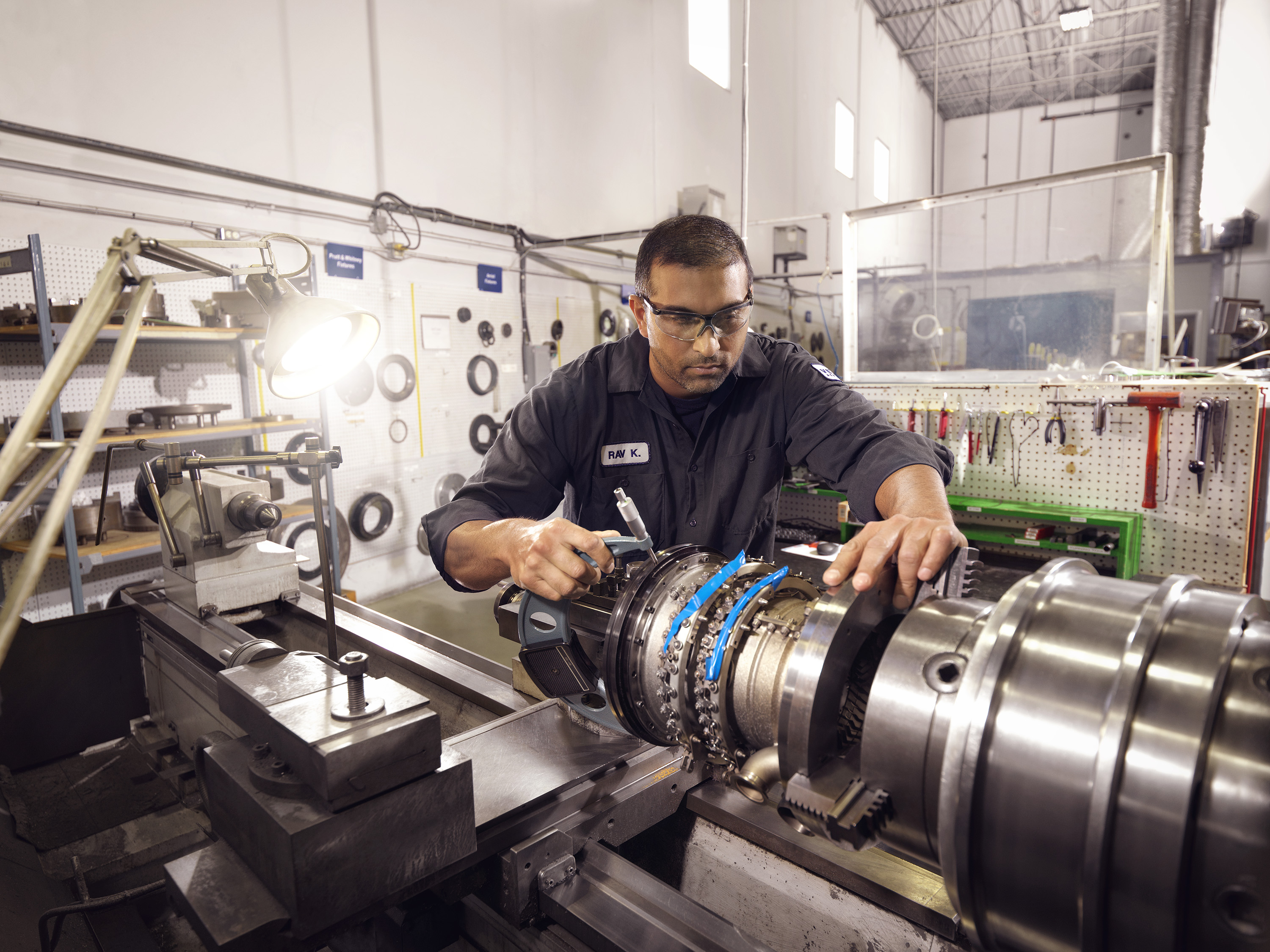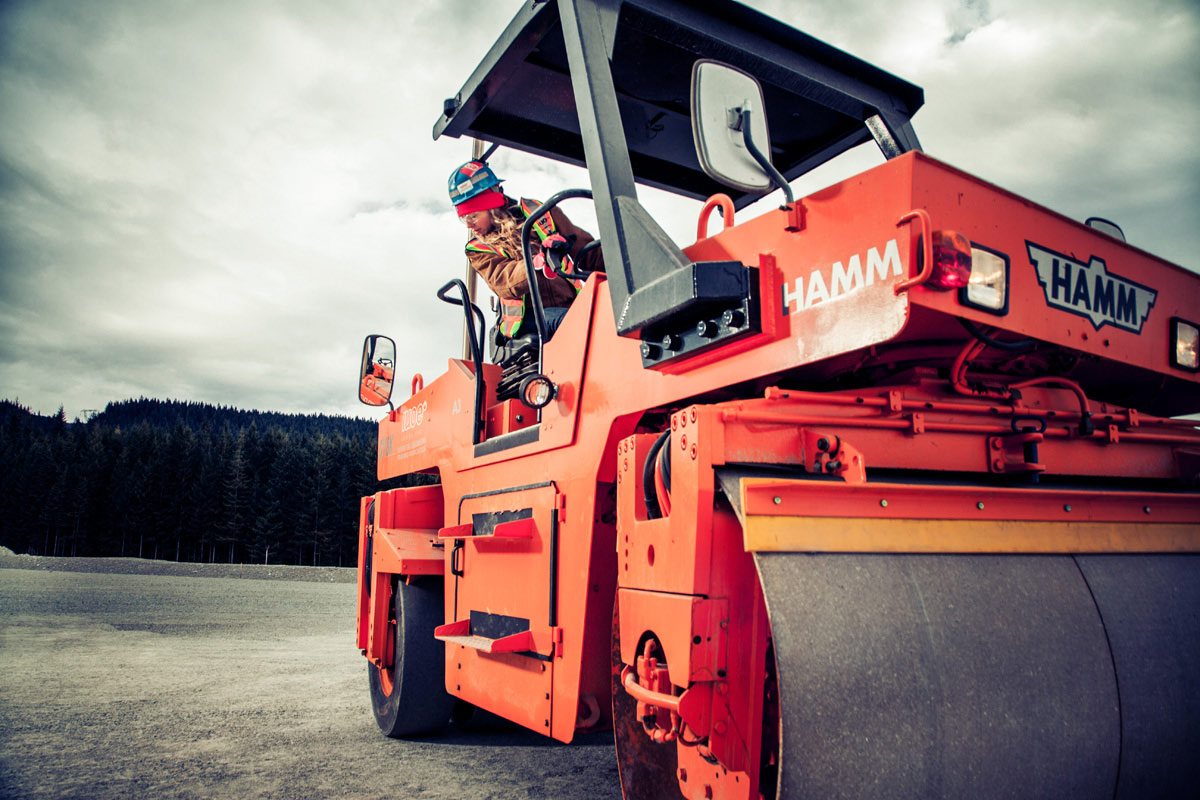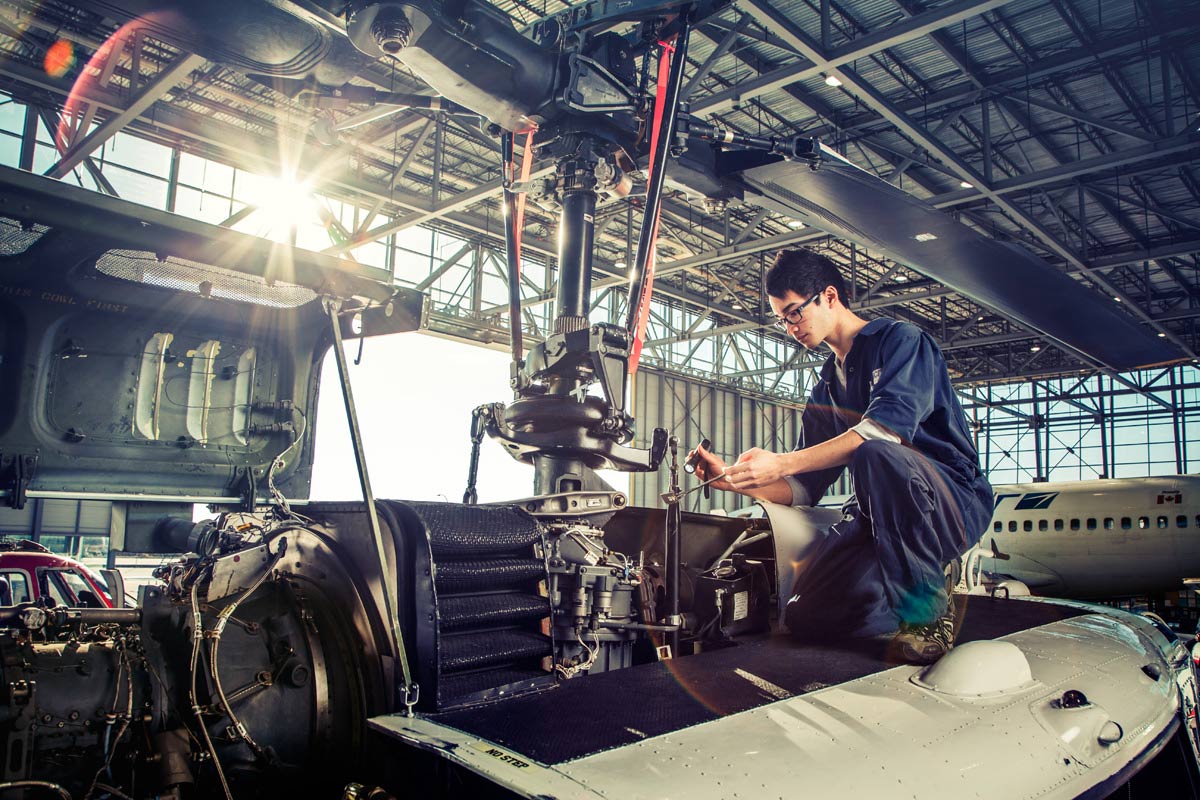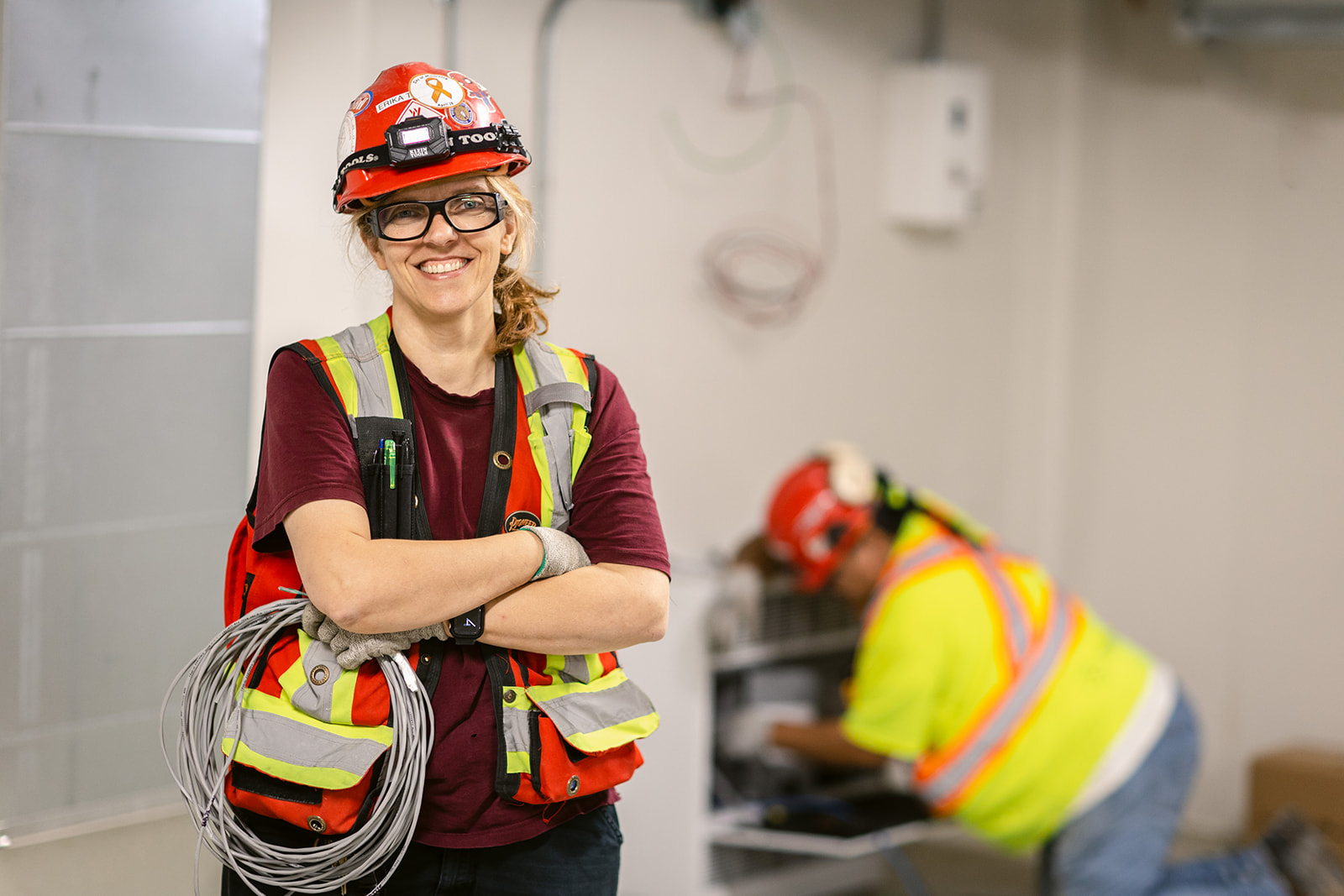Parts Technician (Red Seal)
Parts Technician
(Red Seal)

- How to follow proper health and safety requirements
- How to communicate effectively
- How to identify parts
- How to merchandise parts
- How to use equipment and procedures to handle materials
A Parts Technician enjoys using their strong systematic and analytical skills to oversee the many intricate procedures involved in ordering, warehousing and maintaining inventory control.
As a Parts Technician, you’re an organized person well-suited to overseeing the complex systems that ensure businesses properly order, track and store the various parts and supplies they need.
You’re a team player who works with retail service staff, sales staff and service technicians, who rely on your expertise to ensure they can properly manage the supply of parts and materials.
For more information regarding the other levels in this progressive trade, please refer to the following program pages:
Program Updates
June 2023: Program Update (Harmonization Implementation)
November 2022: A new Program Outline and Program Profile will be implemented on August 1, 2023. Please see OPSN 2022 026 for details.
Harmonized Program
information & resources
Harmonized Program
information & resources
In effect starting August 1, 2023
Exam Information
and Resources
Interprovincial Exam Information
Updates:
October 2023: Program Update (IP Exams aligned to 2020 Red Seal Occupational Standards (RSOS)). A Comparative Analysis detailing changes between the 2015 National Occupational Analysis (NOA) and 2020 RSOS can be found here.
Information:
Challenge the
trade
Challenge the
trade
If you have significant work experience in a trade but have never been certified in Canada, you may apply to challenge the certification. Learn more about How to Challenge a Skilled Trade.
OR
If you sponsor apprentices but have never been certified in Canada, you may request to supervise and sign-off apprentices when they are ready to be certified. Please refer to the application form on whether this trade qualifies.
Instructions
How to Apply
Application Form
Personal information and exams scheduling information (for challenge option)
Employer Declaration
Document of relevant work experience
Statutory Declaration
Attestation for self-employment/work experience when employer cannot be contacted
- Communication
- Coordination
- Parts identification and cataloguing
- Health and safety procedures
- Materials handling techniques and equipment
To get certified, you will need to sign up for technical training at an approved training provider in addition to on-the-job training.
Visit Trades Training BC and EducationPlannerBC for a comprehensive list of what programs are available in your trade at public and non-public schools.

